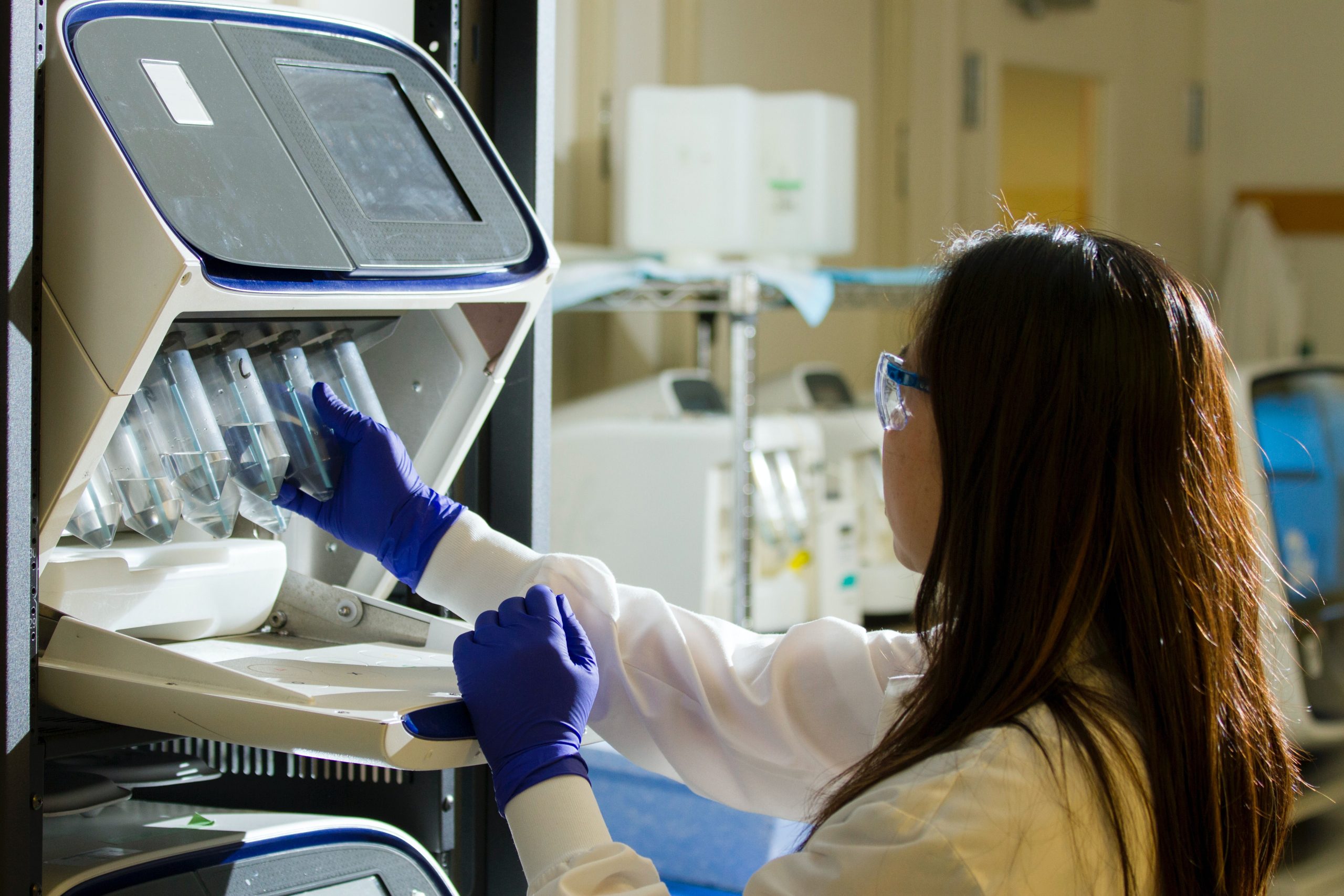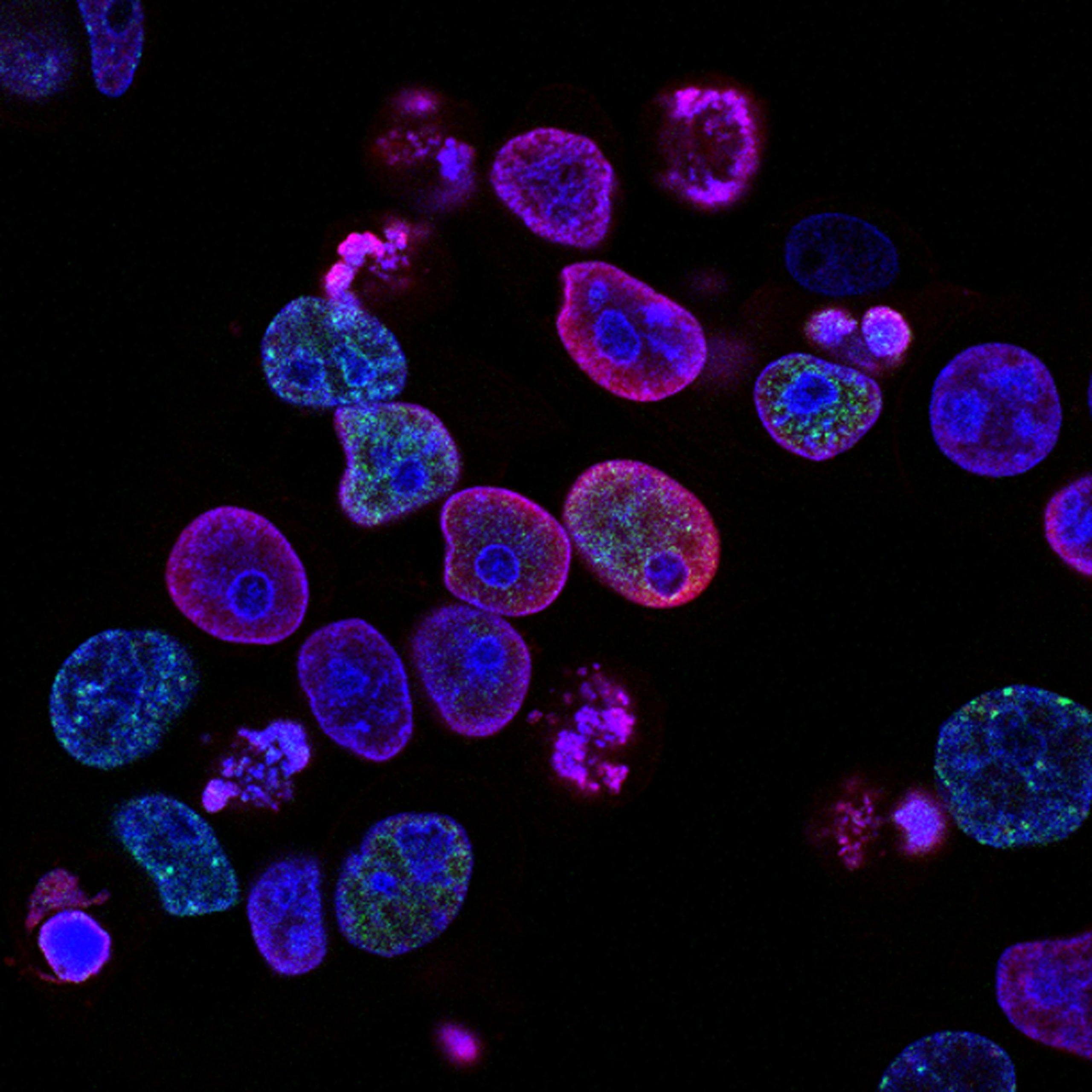As the global population continues to grow, so does the demand for food. But how can we meet this demand without compromising the environment or sacrificing quality? The answer lies in biotechnology. From GMOs to CRISPR technology, biotechnology is revolutionizing agriculture and paving the way for a more sustainable future. In this blog post, we’ll explore the history of agricultural biotechnology, its current state with GMO crops and CRISPR technology, as well as its potential pros and cons for our planet’s future. Let’s dive in!
What is Biotechnology?
Biotechnology is the application of scientific techniques to living organisms, allowing us to manipulate and modify their genetic makeup. This has enormous potential in many fields, including agriculture, medicine and industry.
In agriculture specifically, biotechnology can be used to create crops that are more resistant to pests or extreme weather conditions. Through biotechnology techniques such as gene editing or genetic engineering, breeders can select desired traits at a faster rate than by traditional breeding methods.
This allows for quicker development of new crop varieties that have higher yields and better nutrition profiles. Biotech crops are also often designed with sustainability in mind; they require less water and fewer pesticides compared to traditional crops.
Biotechnology offers a promising future for solving some of the world’s most pressing problems related to food security and environmental sustainability. However, it is important that we continue researching its potential impacts on both human health and the environment before fully embracing these technologies in our food systems.
History of Agricultural Biotechnology
Agricultural biotechnology has been around for centuries, with farmers using selective breeding to produce crops with desirable traits. However, it wasn’t until the discovery of DNA in the 1950s that biotechnology really took off.
In the 1970s and ’80s, researchers began experimenting with genetic engineering techniques to modify crop DNA directly. This led to the development of genetically modified organisms (GMOs), which have since become a controversial topic in agriculture.
Despite this controversy, GMO crops have become increasingly popular over the last few decades due to their ability to resist pests and disease, improve yields, and withstand harsh growing conditions. However, concerns about their impact on human health and the environment remain.
More recently, scientists have turned to CRISPR technology as a more precise way of modifying crop DNA without introducing foreign genes. This technology has already shown promise in developing crops that are more resistant to climate change and can better adapt to changing environmental conditions.
As agricultural biotechnology continues to evolve and develop new technologies, it will be important for researchers and policymakers alike to consider both its benefits and potential drawbacks in order to ensure sustainable farming practices for future generations.
GMO Crops
GMO crops, or genetically modified organisms, are plants that have had their DNA altered through biotechnology. This allows for specific traits to be added or removed from the plant’s genetic makeup.
One of the most common uses for GMO crops is to create plants that are resistant to certain pests and diseases. For example, scientists can add a gene from a bacteria that naturally produces an insecticide into the crop’s DNA so it becomes self-protecting against harmful insects.
Another benefit of GMO crops is increased yield. By modifying the genes responsible for growth and development, scientists can produce crops that grow faster and with greater efficiency.
Despite these benefits, there has been significant controversy surrounding GMOs in agriculture. Many people worry about potential health risks associated with consuming genetically modified foods. Additionally, some farmers are concerned about cross-contamination between GM and non-GM crops on neighboring fields.
While GMOs offer many promising advantages in agriculture, it is important to continue researching their long-term effects on both human health and the environment before widely adopting them as a solution to global food security challenges.
CRISPR Technology
CRISPR technology is a gene-editing tool that has revolutionized agriculture. It allows scientists to modify the DNA of crops, making them more resistant to pests and diseases. The technology works by using an enzyme called Cas9, which can cut and edit DNA at specific locations.
One of the key benefits of CRISPR technology is its precision. Unlike GMOs, which involve inserting foreign genes into crops, CRISPR only makes changes to the existing genetic code. This means that it’s less likely to have unintended consequences or cause environmental harm.
Another advantage of CRISPR is its speed and efficiency. Traditional breeding methods can take years or even decades to produce desired traits in crops, but with CRISPR, scientists can make targeted edits in a matter of weeks.
However, there are also concerns about the potential risks associated with gene editing. Some worry that modified crops could have unintended effects on the environment or human health.
CRISPR represents a major breakthrough in agricultural biotechnology and has the potential to transform our food systems for the better. But as with any new technology, we must proceed with caution and carefully consider both its benefits and risks before widespread implementation.
The Future of Agricultural Biotechnology
The future of agricultural biotechnology is exciting, and it’s full of new innovations that will change the way we produce food. One such innovation is gene editing using CRISPR technology, which allows scientists to precisely edit genes in plants without introducing foreign DNA.
Another promising technique is vertical farming, where crops are grown in a controlled environment vertically stacked on top of each other. This method increases the yield per square foot and reduces the amount of water needed for irrigation.
Nanotechnology also has potential in agriculture by creating smart pesticides that can target specific pests while leaving beneficial insects unharmed. Furthermore, drones equipped with sensors and cameras can be used to monitor crop health more efficiently than traditional methods.
Artificial intelligence (AI) will play an increasingly important role in agriculture as well. By analyzing data collected from various sources like weather patterns and soil quality, AI can predict crop yields accurately and help farmers make better decisions about planting times and fertilizer application rates.
The future of agricultural biotechnology promises to bring innovative solutions to some of the world’s most pressing challenges like climate change and food security.
Pros and Cons of Biotechnology in Agriculture
Biotechnology has revolutionized the agricultural industry, but like any technological advancement, it comes with both advantages and disadvantages.
On one hand, biotechnology has allowed for the development of crops that are resistant to pests and diseases. This leads to higher crop yields, which can help feed a growing population. Additionally, biotechnology allows for more precise breeding methods and faster genetic modifications.
However, there are also concerns about the impact of genetically modified organisms (GMOs) on human health and the environment. Some studies have suggested that GMOs may lead to allergenic reactions in some individuals or harm beneficial insects such as bees.
Furthermore, there is debate over who benefits from biotechnology in agriculture. Large corporations often hold patents on genetically modified seeds and technology, limiting access for small farmers who cannot afford these products.
While biotechnology offers many potential benefits for agriculture including increased productivity and precision breeding techniques; it is important to carefully consider its potential risks before implementing new technologies.
Conclusion
Biotechnology is revolutionizing agriculture in various ways. From the development of GMO crops to advanced CRISPR technology, biotech is transforming the way we produce food and manage our natural resources.
Undoubtedly, there are both pros and cons associated with using biotechnology in agriculture. While it has enabled us to grow more food sustainably and efficiently, it has also raised concerns about the safety of genetically modified organisms.
Therefore, it is crucial to continue exploring new technologies while ensuring that they are safe for human health and the environment. Biotechnologists must work collaboratively with policymakers and stakeholders to address these issues while maintaining transparency throughout their research.
Agricultural biotechnology holds significant potential for addressing global food security challenges as long as we approach this field responsibly. By doing so, we can build a sustainable future where everyone has access to healthy and nutritious food without harming our planet’s ecosystems.










